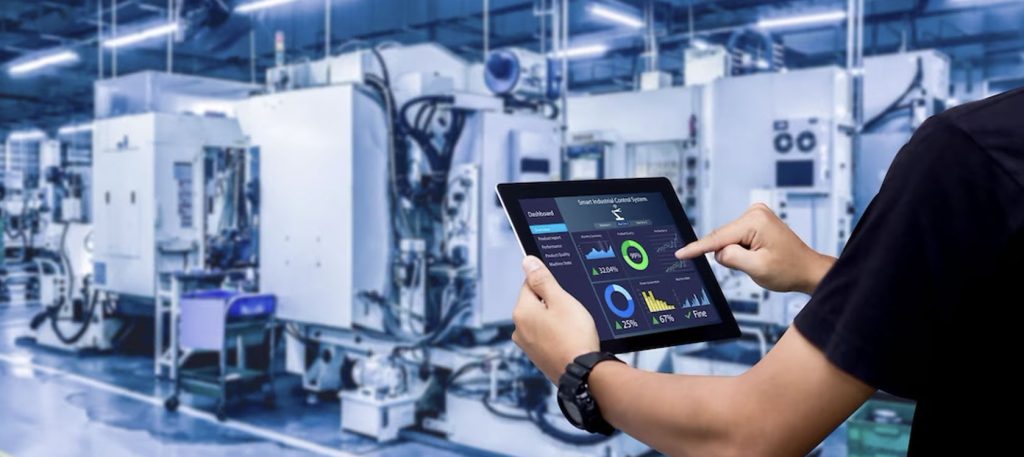- vijaykamboj@kurishuna.com
- Kurishunaindia@gmail.com
- +91 - 8585998977
Anode cells for Cathodic Electrodeposition (CED) plants

Kurishuna Anode cells are a critical component of Cathodic Electrodeposition (CED) plants, also known as Electrophoretic Deposition (EPD) systems. They serve the function of containing the anolyte solution and separating it from the main paint bath using an ion-permeable membrane. This setup allows for the effective removal of excess acid (usually generated during the deposition process) and helps maintain bath stability and coating quality.
🔧 Function of Anode Cells in CED Plants
- Provide the anode (usually titanium with an insoluble coating like MMO or platinized titanium).
- House the anolyte solution (usually a weak acid like formic or acetic acid).
- Use a membrane (ion exchange or porous) to prevent contamination of the paint bath.
- Remove excess acid generated during deposition.
- Help maintain pH and conductivity of the bath.
🔍 Types of Anode Cells
Anode cells come in several configurations based on design, material, and application. The most common types include:
Type Description - Flat Plate Anode Cell Flat membrane surface; ideal for compact tanks or limited space.
- Tubular Anode Cell Cylindrical design; provides larger membrane surface area and easier servicing.
- Basket Type Cell Used with replaceable anode baskets (e.g., for platinized titanium granules).
- Spiral Wound Cell Coiled configuration; used in small or confined systems.
- Immersible/External Can be directly immersed or kept externally in circulation loop.
📐 Specifications of Anode Cells - Parameter Typical Specification
- Anode Material Titanium substrate with MMO (Mixed Metal Oxide) or platinum coating
- Membrane Material Cation exchange membrane (e.g., Nafion, reinforced PTFE)
- Anolyte Formic Acid / Acetic Acid solution (0.5% to 2%)
- Operating Voltage 250 – 500 VDC (for CED line); local voltage depends on configuration
- Current Density 1 – 5 A/dm² (based on anode surface area)
- Operating Temperature 20°C – 35°C (room temperature to slightly elevated)
- Anode Cell Lifespan 1 – 3 years depending on usage, membrane fouling, and maintenance
- Membrane Area Varies: typically 0.5 – 2 m² per cell, depending on tank size and current requirements
- Cleaning Frequency Monthly to quarterly, depending on fouling level
📦 Sample Anode Cell Design (Tubular Type) - Component Material / Spec
- Outer Shell PVC / PP / SS316L
- Anode Rod MMO coated titanium rod (ø 25 mm typical)
- Membrane Tube Nafion or PTFE-reinforced ion exchange membrane
- Inlet/Outlet Anolyte circulation via acid-resistant tubing
- Seal EPDM or Viton
- Mounting Flange or clamp-on type
🧪 Anolyte Circulation System (Typically Includes) - Pump: Acid-resistant centrifugal pump (Teflon, PP, or PVDF)
- Reservoir: 100 – 500 L tank with acid level monitoring
- Chiller/Heater: Optional for temperature control
- Conductivity Control: For acid concentration monitoring
- pH Monitoring: Optional inline pH sensors
✅ Selection Criteria - When selecting anode cells, consider:
- Bath size and current requirements
- Compatibility with coating material
- Type of anode material based on bath chemistry
- Ease of maintenance and membrane replacement
- System integration with the circulation and filtration system
